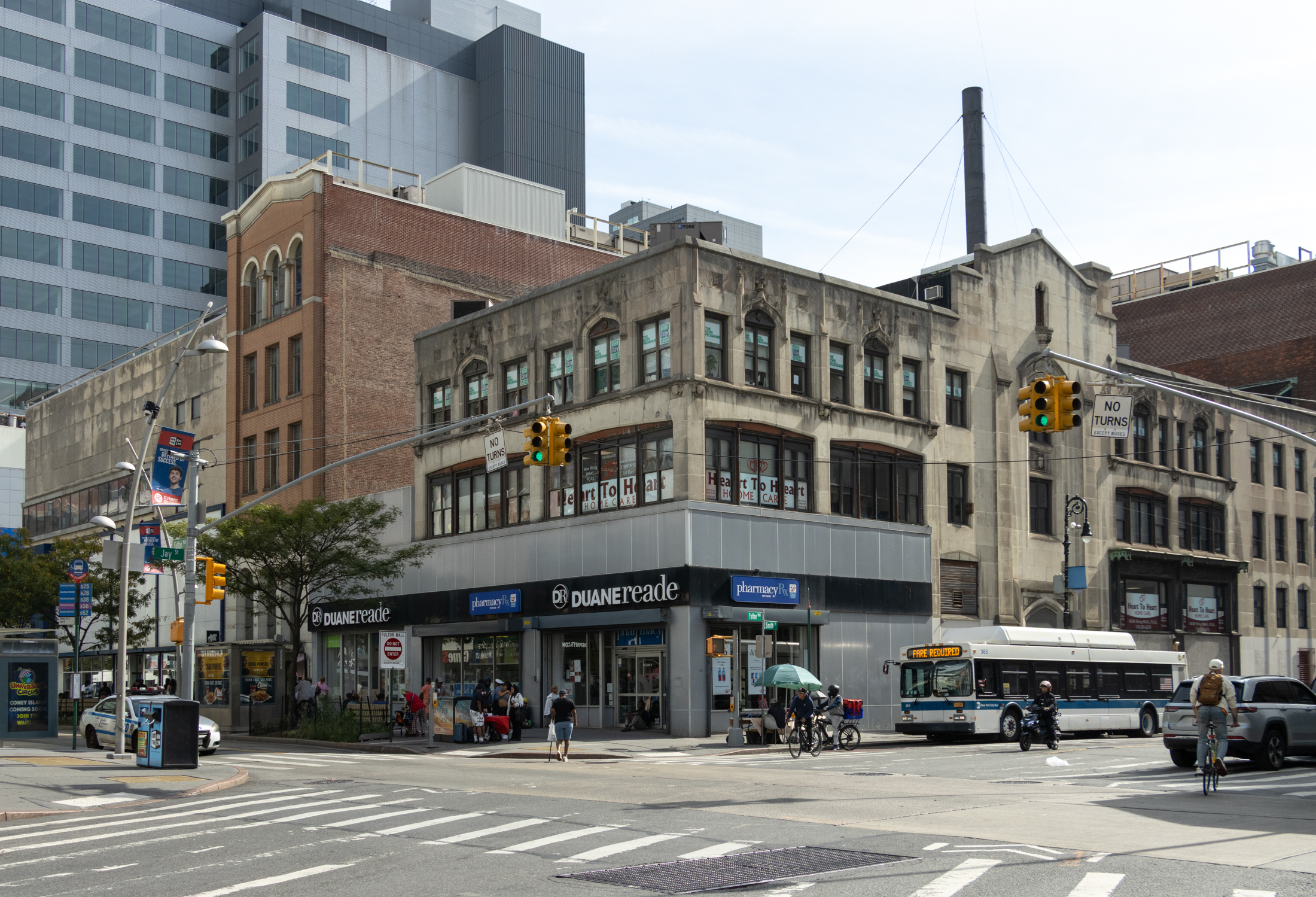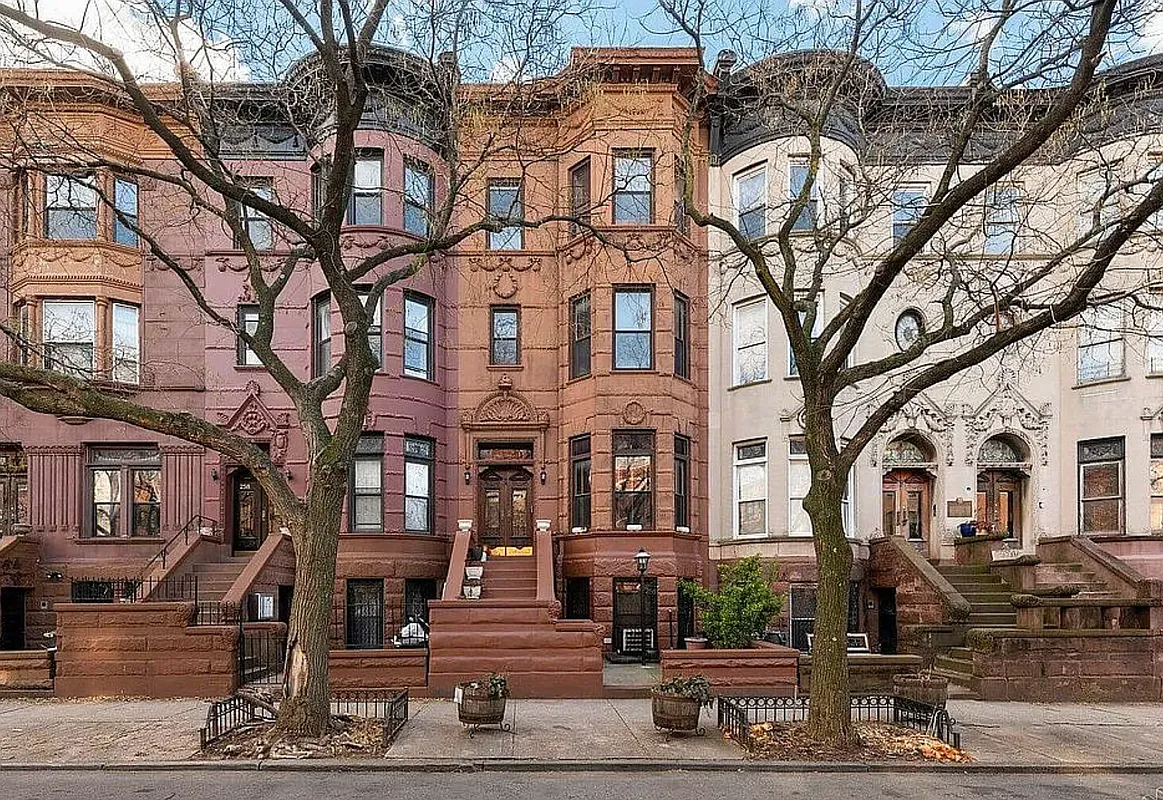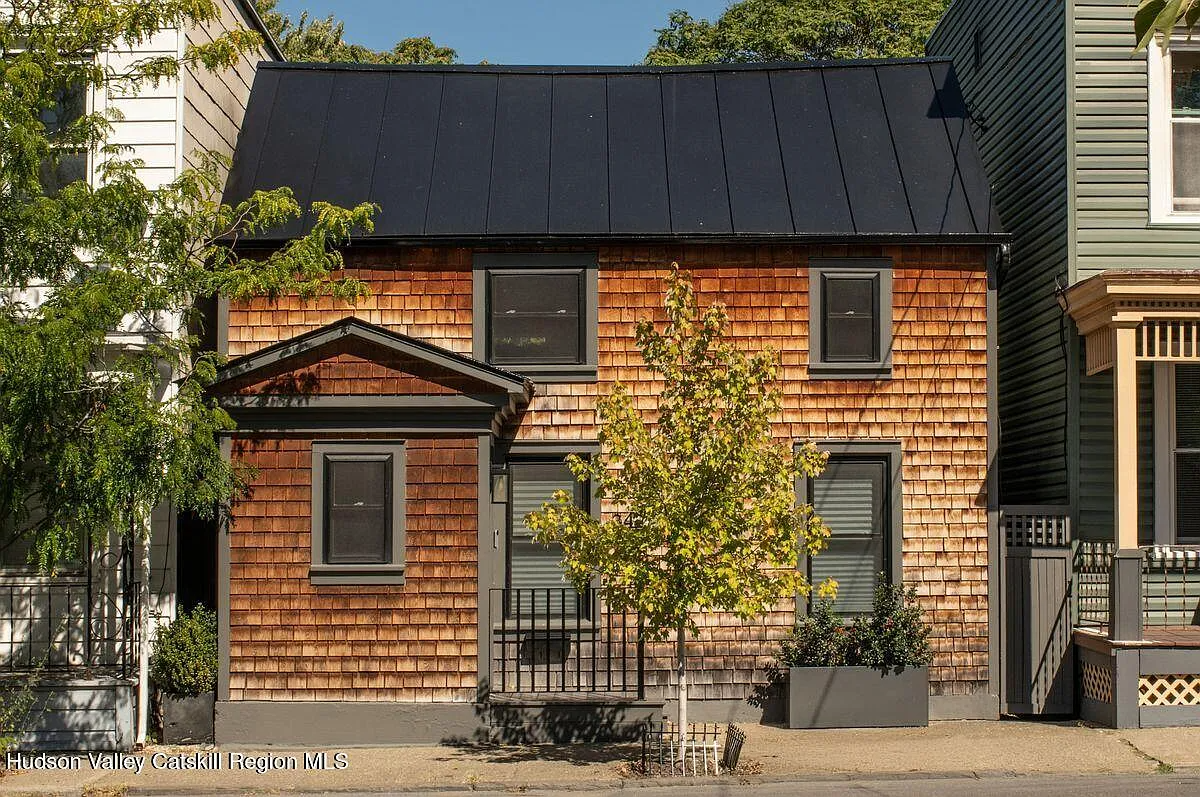Making Atlantic Yards a Black-and-White Issue
The map that ran with the Atlantic Yards article in yesterday’s Times was pretty neat. Not that the results were particularly surprising (they were about what you’d expect) but it was particularly interesting for us to see that Fort Greene and Clinton Hill, which get so much press for being so racially mixed are still…


The map that ran with the Atlantic Yards article in yesterday’s Times was pretty neat. Not that the results were particularly surprising (they were about what you’d expect) but it was particularly interesting for us to see that Fort Greene and Clinton Hill, which get so much press for being so racially mixed are still predominantly black on a pure numbers basis. As for the article, it wasn’t much fun being reminded of the appalling amount of race-baiting that’s gone on in battle for the hearts and minds of Brooklyn residents over the Atlantic Yards issue. We thought Brad Lender from PACC summed everything up the best:
If you live nearby, you have a nice home and you have a job, you’re probably not that excited by the benefits, and you’re swamped by the drawbacks. If you live a little farther away, and you don’t have a job and a nice house, then you probably get a lot more of the benefits. None of that is about race per se. But when you layer on that the people who live nearby are more likely to be whiter and wealthier, and the people who live farther out are more likely to be people of color without good jobs or housing, the race elements have become stronger.
We agree. It’s much more about class than race. It just happens to be that economic stratification in the neighborhoods surrounding Atlantic Yards happens to occur along racial lines so it’s a convenient lever for the powers-that-be to try to manipulate.
AY Development Through the Prism of Race [NY Times]





One of the blocks is Italian and has been that way since long ago, it never changed when the neighborhood changed.
for those of you who are still lost. The two white blocks mentioned above are bordered by Washington Ave (East), Grand Ave (West), Lafayette Ave (North) and Gates Ave (South). Home to Shahn and Mr. B amongst others.
CHP, you should consider running for office. Or at least go work for a local politician in your next move (if you can afford it).
“two “white” blocks east of Washington Ave and south of Lafayette”
hmmmm…let’s see. I do believe we all know which of the various contributors (and owner(s)) lives on these blocks.
I’ve always been very curious of my neighbors and wonder if they would care to address this one. I’ve been heartened by the quick response of many of the ‘old-timers’ who contribute almost daily it seems. However, I would like to hear from the new wave of gentrifyers. What say they? Why are these two blocks so different?
When discussing race, black and white is the paradigm by which race relations are based. Simply, black people are discriminated by asian, lantino and white people all the same. Black, due to the intellectual and emotional template of american race relations, is the designated other. No person of any other race would wish to carry all of the difficulty that being black in america brings. Of course, asians and latinos face discrimination, however, it is not in the same arena as that of black americans. Just ask yourself how many asains or latinos have you heard refer to a black person as nigger. Or, how many asain, latino and white people consider blacks ugly, second class citizens, mostly based on skin color and dress. Blacks due not have the same assimilation rates as other minorities because of racism. Lastly, only a white person could think that there is a seperation between race and class. Brown people in america are substantially more disadvantage because of the color of thier skin, not for any other organic reason.
Lets stop perpetuating hate!
“Until the colour of a man’s skin is of no more significance than the colour of his eyes, me say war!”
– Bob Marley
“Who can identify the two “white” blocks east of Washington Ave and south of Lafayette and why are they so different from their surroundings?”
Answer: Pratt Institute
You mean both Country & Western?
That *was* sarcasm, by the way. There are actually “mixed” neighborhoods in many Southern cities too.